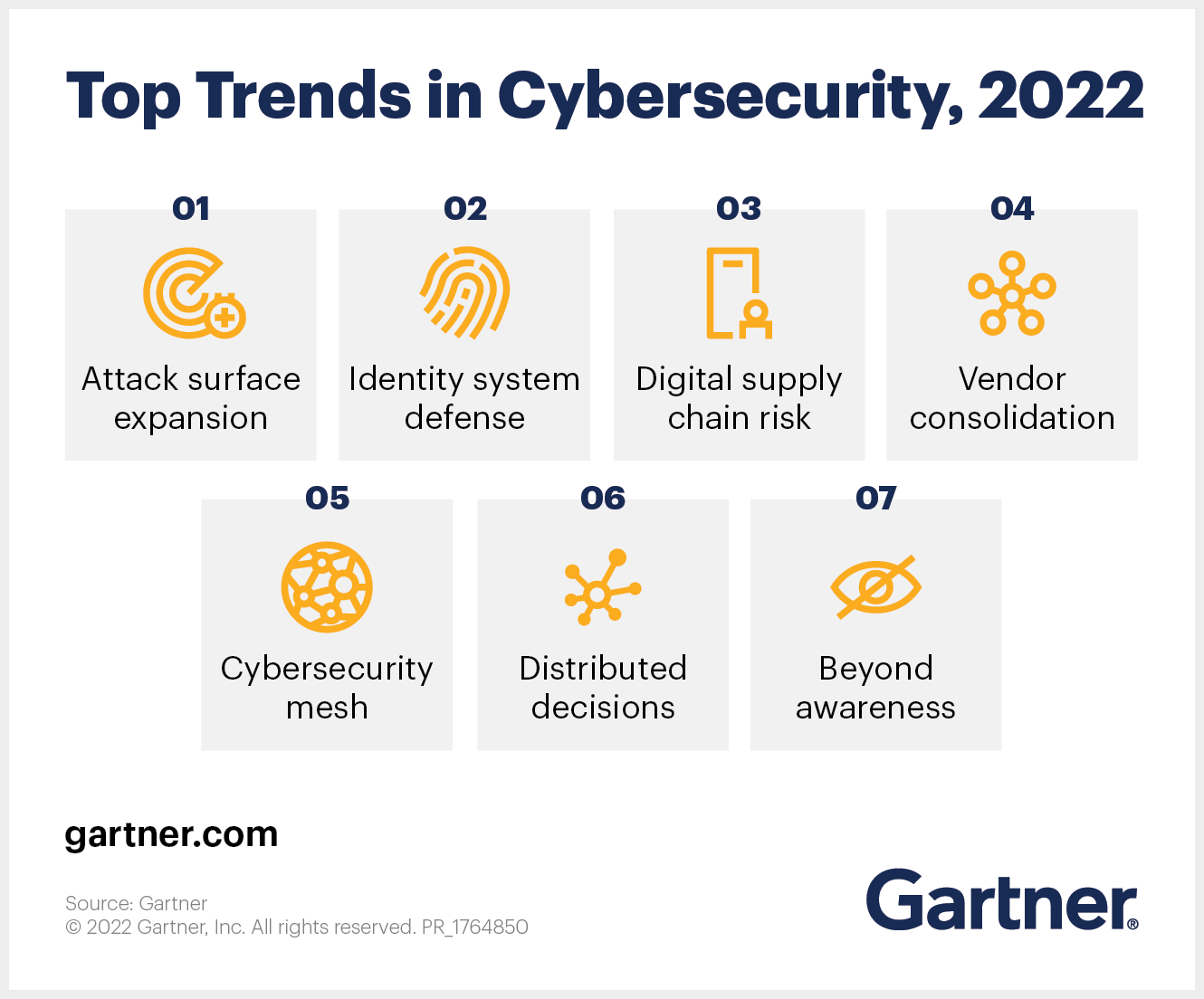As technology continues to advance at a rapid pace, so does the threat landscape for cybersecurity. With the increasing interconnectedness of devices, the rise of artificial intelligence, and the surge in remote work, it is crucial for businesses and individuals alike to stay ahead of the game in protecting their digital assets. In this article, we will delve into the future of cybersecurity, exploring the latest trends and making predictions for what lies ahead.
1. The Proliferation of IoT Devices
The Internet of Things (IoT) has revolutionized the way we interact with technology. From smart homes and wearables to industrial automation, IoT devices have become an integral part of our daily lives. However, this vast network of connected devices also poses significant security risks. The future of cybersecurity will see a surge in attacks targeting these vulnerable endpoints.
With the rise in IoT devices, businesses and individuals must take proactive measures to secure their networks. This includes implementing robust encryption protocols, regularly updating firmware, and conducting thorough vulnerability assessments.
2. Artificial Intelligence and Machine Learning
Artificial Intelligence (AI) and Machine Learning (ML) have empowered cybersecurity professionals to detect and respond to threats more effectively. AI algorithms can analyze massive amounts of data and identify patterns that may go unnoticed by human analysts. This technology is expected to play a pivotal role in the future of cybersecurity.
AI-powered cybersecurity solutions will be able to defend against advanced persistent threats, identify zero-day vulnerabilities, and automate incident response. However, as these technologies progress, hackers will also explore ways to exploit them. It is crucial for security teams to stay vigilant and continually update their defenses.
3. Cloud Security
The cloud has become an essential component of modern business infrastructure, providing flexibility, scalability, and cost savings. However, it also introduces new security challenges. Ensuring the safety of sensitive data stored in the cloud will be a top priority for organizations in the future.
Robust authentication mechanisms, encryption, and data loss prevention are essential for protecting cloud assets. Additionally, implementing a comprehensive backup and disaster recovery plan will mitigate the risk of data loss or breach.
4. Remote Workforce Vulnerabilities
The COVID-19 pandemic has accelerated the shift to remote work, and this trend is likely to continue even after the crisis abates. While remote work offers numerous benefits, it also opens up new attack vectors for cybercriminals.
Securing remote endpoints, implementing secure remote access protocols, and providing cybersecurity training to employees are crucial for maintaining a secure remote workforce. Additionally, organizations should establish appropriate security policies and ensure the usage of secure communication and collaboration tools.
5. The Growing Importance of Privacy
The increasing digitization of our lives has raised concerns about data privacy. With governments enacting stricter regulations such as the EU’s General Data Protection Regulation (GDPR) and the California Consumer Privacy Act (CCPA), organizations must prioritize privacy in their cybersecurity strategies.
Implementing privacy-by-design principles, conducting regular privacy impact assessments, and investing in secure data storage and transfer mechanisms will help businesses stay compliant and build trust with their customers.
Conclusion
In conclusion, the future of cybersecurity will be shaped by the rapid evolution of technology. As more devices become interconnected, AI and ML become more sophisticated, and remote work becomes the norm, the threat landscape will continue to grow. However, with proactive measures such as securing IoT devices, leveraging AI-powered solutions, protecting cloud assets, securing remote work endpoints, and prioritizing privacy, businesses and individuals can stay one step ahead of cyber threats.

